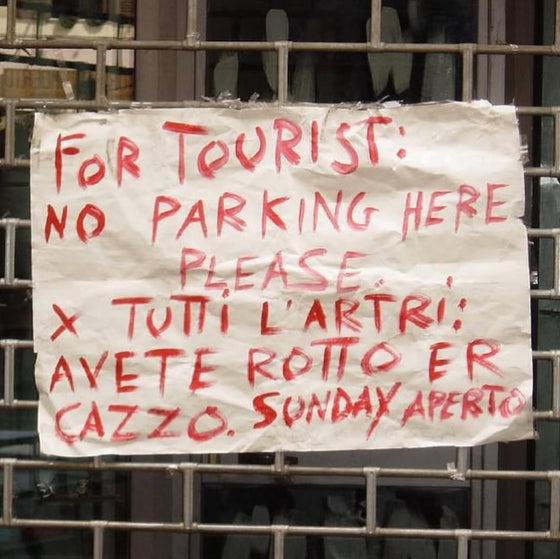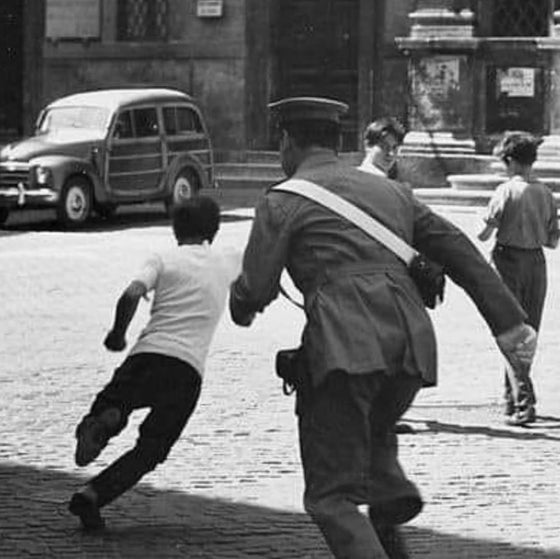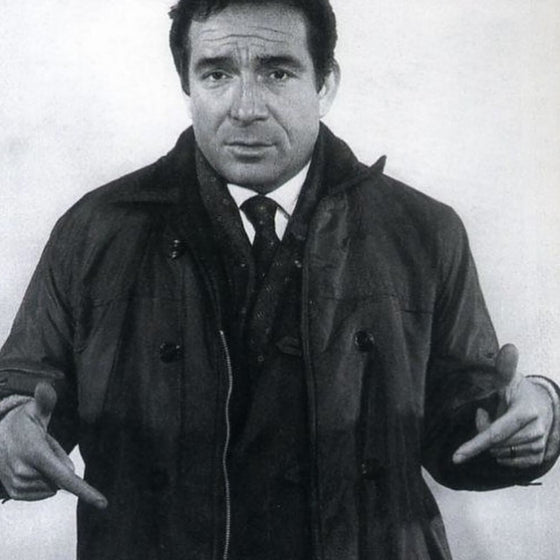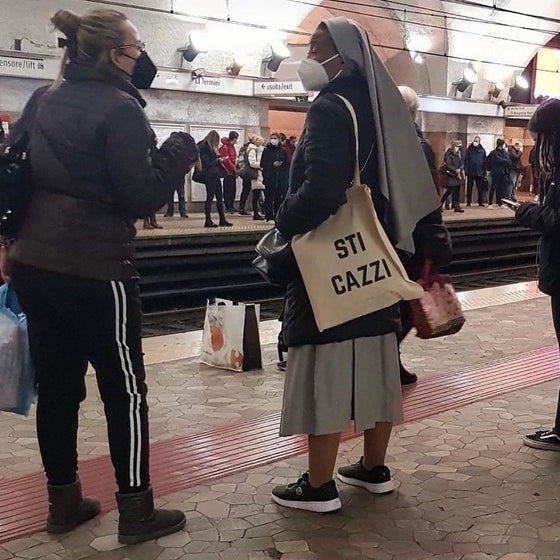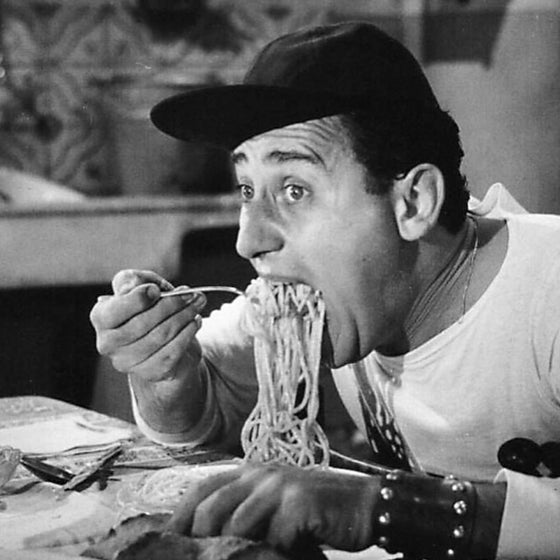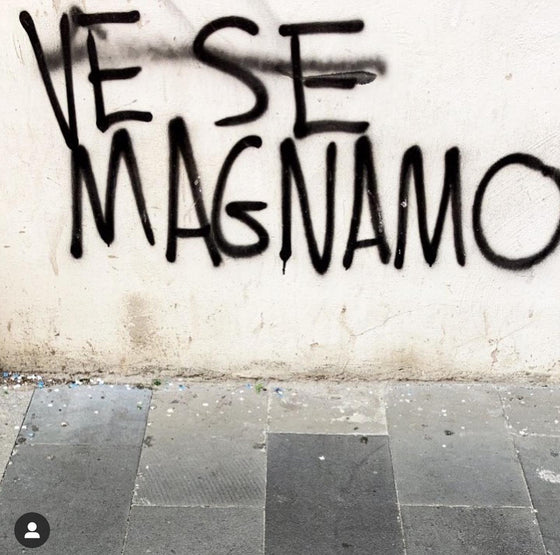
Ricky Powell (November 20, 1961 – February 1, 2021) was an American photographer who documented popular culture including hip hop, punk rock, graffiti, and pop art. His photographs have been featured in The New York Times, the New York Post, the Daily News, The Village Voice, TIME, Newsweek, VIBE, The Source, Rolling Stone, among other publications.
Born Ricky Abraham Cordero on Nov. 20, 1961, in Brooklyn, Ricky never knew his father and was raised an only child by single mother Ruth Powell, who survives him and who gave him an eccentric New York childhood. In 1968, the two Powells moved to Manhattan’s Greenwich Village, where grade-schooler Ricky grew up little supervised and immersed in rhythms of the street and nightlife. A schoolteacher by day and nightclub habitué by night, Ruth would occasionally bring her son along to heady nightspots like the bar at Max’s Kansas City, where Powell recalls in “The Individualist,” “She would sit me by the jukebox as she hung out with all these kooks. I grew up quick, dude.”
In the mid-'70s, Powell lived two blocks from Washington Square Park, a self-described “normal regular playground rat.” By his late teens he was an outsized street character known for his swagger on the basketball court and his easy magnetism in clubs like Roxy, Fun Gallery and Danceteria, where hip-hop was coming into being. While studying physical education at Hunter College, he met key figures like Fab 5 Freddy, hip-hop graffiti legends Seen and Futura, artists such as Keith Haring and Kenny Scharf, young actors like Fishburne and Mazar, and an NYU art student named Amie Hertzig, whose point-and-shoot Minolta camera he borrowed one night to photograph striking couples inside the Roxy. “I’m a fan of interesting people,” Powell explained at a Tribeca Film Festival Q&A on Zoom last year.
Powell dated Hertzig for two years before she dumped him, leaving her Minolta behind in a bag of clothes. When Powell discovered it, he vowed to use the camera to avenge his rejection by gaining some form of fame. Through an East Village softball team that included Matt Dillon and graffiti star Futura, Powell met the editor of downtown magazine Paper, who set him loose on South Bronx hip-hop parties, skateboard parks and downtown art openings for photos in its nightlife section. Soon, he was shooting for Ego Trip, Mass Appeal and other scene mags, as well as the Village Voice and Rolling Stone.
In 1985, he went to a local show by his schoolmate Adam Horowitz’s new band the Beastie Boys, becoming an instant fan and forging a relationship that landed two of his photos on the album sleeve of their smash debut “Licensed to Ill” within his first year as a photographer. Powell stuck around as the group got into skateboard culture, jazz instrumentation and spiritual practices far removed from the early ‘80s New York that brought them together.
Questlove noticed the change when his group The Roots joined a 1994 Beastie Boys tour. As he put it in a Powell memorial Instagram post, “94 Beasties were not the 84 Beasties I grew up on. They were responsible family cats doing meditation & exercising & the wildest [s—] we did was rent out a go-cart race track in Utah.” Unrecovered and unrepentant Powell never found his groove in the new setting.
Powell spent the Eighties and Nineties documenting New York City’s vibrant downtown music and arts scenes. While he worked with the likes of Madonna, Andy Warhol, Sofia Coppola, and Jean-Michel Basquiat, he was best known for his work with the stars of hip-hop’s golden age. Born and raised in New York City, Powell began taking photos in 1985, and the following year he was invited to go on tour with Beastie Boys and Run-D.M.C. The tour helped Powell secure work photographing hip-hop luminaries like LL Cool J, Public Enemy, and Eric B and Rakim, although he was always most closely associated with Beastie Boys: He earned unofficial “fourth member” status and even got a famous a shout-out on their song “Car Thief.”
His photographs included candid portraits of artists including Jean-Michel Basquiat, Andy Warhol, Madonna, in addition to many other popular culture artists and other common people. His photographs were included in the books The Rap Photography of Ricky Powell! (1998), The Rickford Files: Classic New York Photographs (2000), Frozade Moments: Classic Street Photography of Ricky Powell (2004), and Public Access: Ricky Powell Photographs (2005) and were exhibited both domestically and internationally.
With the loose-limbed baller charm of a New York street kid, Powell moved easily between Black and white New York, his photography style recognizably a product of hip-hop itself: a loose, spontaneous means of seizing the moment with available tech. This point-and-shoot sprezzatura chronicled a moment when modern artists, actors, musicians and intellectuals mingled, chatted and danced together in the same nonstop, borough-wide after party. “He had a serious presence all over the city,” actor Laurence Fishburne recalls in Josh Swade’s forthcoming documentary “Ricky Powell: The Individualist.” “He was not an outsider looking in, he wasn’t some anthropological thief, he was a part of it.”
His candid street shots from this time, many taken while working various day gigs, froze the likes of Madonna, Cindy Crawford, Mike Tyson and other boldfaced New Yorkers in their off-hours. He shot one black-and-white portrait of Jean-Michel Basquiat when the artist was a customer at Powell’s sidewalk Frozade stand, and another of Basquiat with Andy Warhol when he spotted them arriving at the Soho opening of their collaborative 1985 show.
“Ricky’s work was a collaboration on both sides of the camera,” says Jesse Cory, co-founder of 1xRun, who published the new anthology of Powell’s work, “The Individualist.” “What makes his work art and not commercial photography is that it doesn’t feel premeditated, and the camera is a reflection of both parties.”
Curator and writer Bill Adler says Powell’s work was not amateurish so much as “anti-professional.” “He had a sense of a given moment,” says Adler, whose Eyejammie Fine Art Gallery hosted a 2004 show of Powell’s work. “He was a downtown New Yorker who treasured the funkiness and the idiosyncrasies of the city.”


